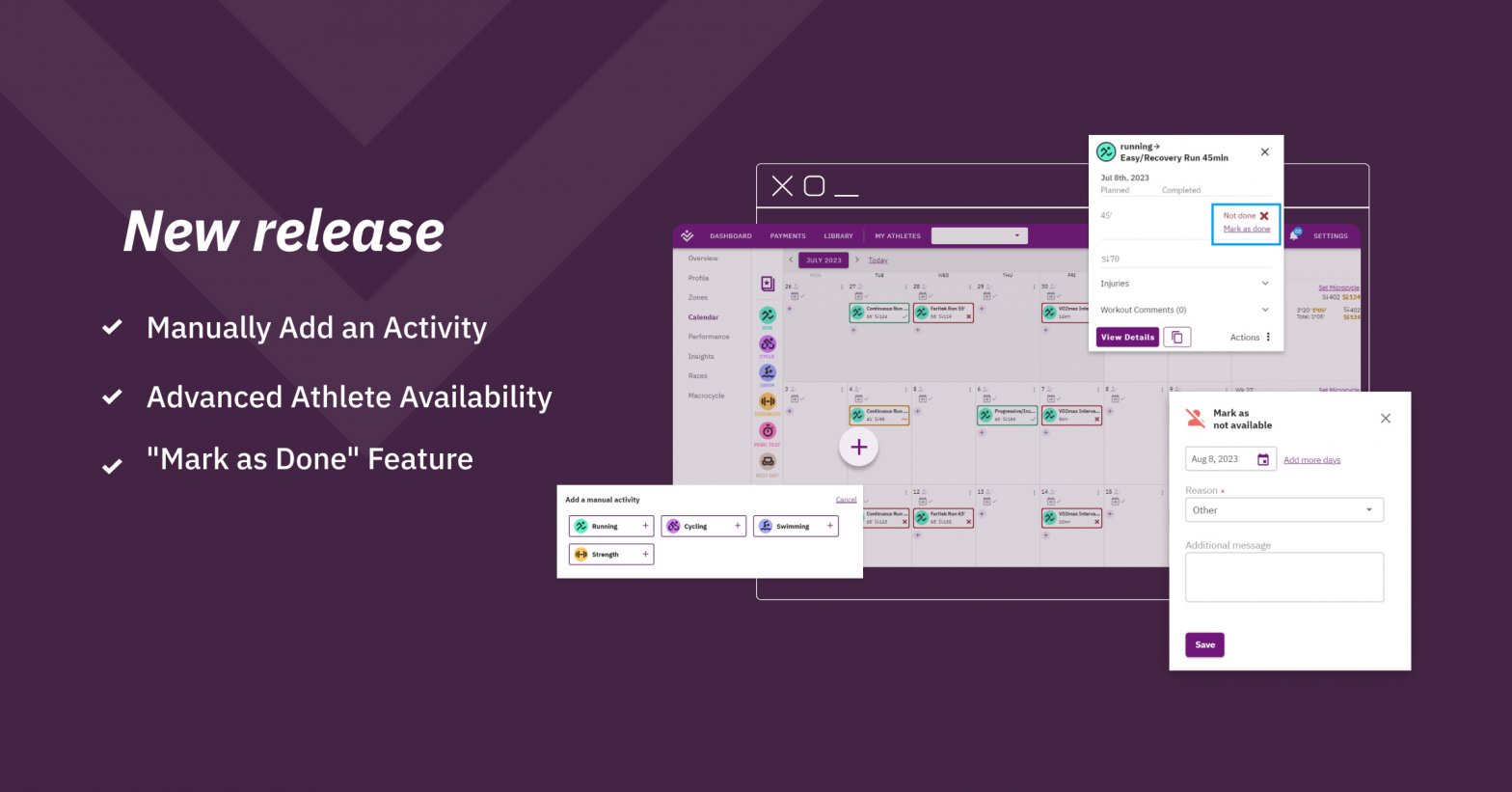It is a fact that all living beings on the planet need energy to perform basic functions, but also to produce work. Of course, humans — perhaps, the most complex being on earth — couldn’t be an exception. And, being complex organisms, human bodies have a complex way of producing energy. In this article, we’ll examine the energy systems of the human body and how they produce energy, during physical activity.
The 3 energy systems of the human body
To get right to the point(s), the human body’s energy systems are three, as listed below. What distinguishes them — when it comes to energy production — is the presence or absence of oxygen; also, the main source of fuel they use.
- Phosphagen system (anaerobic alactic)
- Glycolytic system (anaerobic lactic)
- Oxidative system (aerobic)
As one can gather, the three energy systems fall under two metabolic mechanisms, the anaerobic and the aerobic. To explain how this works, when the human body produces energy without consuming oxygen, we have the “anaerobic metabolism”. But, when it consumes oxygen (to produce energy), we have the “aerobic metabolism”. Below, we go over these energy systems in more detail, grouped by metabolic process.
The Anaerobic Metabolism
In the first case, that of the anaerobic metabolism, energy can be produced by way of two energy systems. These are the phosphagen, and the anaerobic glycolysis (or glycolytic) systems, whose functions are as follows:
1. Phosphagen system (ATP-PCr)
The main function of the phosphagen system lies in the fact that it releases the energy the body needs extremely fast. However, this surge of energy is depleted very quickly, usually within 10 seconds. Still, where does this burst of energy come from? In short, it comes from adenosine triphosphate (ATP), a compound stored in muscle cells, and from phosphocreatine (PCr). This energy system is dominant in activities that require maximum intensity — and last for up to 10 seconds — such as:
- jumping,
- sprint-running,
- weight-lifting, etc.
2. Anaerobic Glycolysis (glycolytic system)
Carbohydrates (glycogen) is another non-oxygenic source of energy for the active human body. To elaborate, the human system can metabolize carbohydrates without using oxygen, to meet the energy requirements of high-intensity activities, lasting for 2-3 minutes. That said, anaerobic glycation is the predominant energy system for sports activities of high-intensity — and with duration of up to 3 minutes — such as:
- running for 800-1500 m,
- executing a prolonged cycling sprint (lasting > 30 seconds),
- swimming for 100-200 meters, etc.
It’s also worth noting that through the anaerobic metabolism, when glycogen breaks down, lactic acid starts building up in the blood and muscle tissues, as well.
The Aerobic Metabolism
The main characteristic of aerobic metabolism is the ability to produce energy for an extended period of time, almost inexhaustibly; as long as there is fuel, of course. However, the aerobic metabolism is not as fast as the anaerobic. That’s why it’s mainly utilized in sports that last from > 3 minutes to many hours. For instance:
- long-distance running (> 1500 meters)
- cycling lasting for more than 3 minutes
- swimming races that also last more than 3 minutes
Naturally, all triathlon distances — even the super-sprint race — use the aerobic metabolism as a basic energy system. The main source of energy in this system is glycogen. Unlike the anaerobic glycolysis, here, glycogen is metabolized in the presence of oxygen (aerobic glycolysis); and also, lipid (fat) oxidation.
The biggest advantage of aerobic metabolism is that it produces much higher percentages of energy, compared to anaerobic metabolism; although energy is produced slower, due to complex biochemical and other processes. To highlight, ordinarily, a molecule of glycogen that is broken down without oxygen produces 3 molecules of ATP; whereas, when metabolized with oxygen, it produces 32 molecules of ATP.
3. Oxidative system (fat oxidation)
Finally, as mentioned, with aerobic metabolism, the body can produce energy that comes from fat (lipids). When it comes to duration and endurance sports, the oxidative system provides an efficient means of long-lasting energy.
Theoretically speaking, it can provide the human body with energy, forever; provided that restrictions stemming from other mechanisms do not apply. Nonetheless, because lipid breakdown is the most complex process of all the aforementioned, it takes some time for the body to start producing energy.
Altogether, lipid oxidation becomes the dominant energy system, only when:
- the intensity is low and submaximal, and
- the duration of activity is longer than 2 hours.
As one can see, for a marathon and a super-marathon runner — even a long-distance triathlete — this is the most important of all energy systems. Hence, many coaches focus on maximizing the efficiency of this system in their athletes.
All is energy
In this article, we’ve seen that different physical activities have different requirements in energy. While we can separate the three energy systems of the human body to study them, it’s important to keep in mind that our body uses all energy sources, at all times.
The only factor that changes in this constant process is the system the body utilizes for energy production. That goes to say, all energy systems are contributing ATP molecules for energy, depending on the intensity and duration of the exercise. It’s notable that, even at rest, there are some energy sources that keep on working — at least at a low level.
These energy pathways have an incredible impact on the human body, and athletic performance, overall. By understanding how they work, coaches can optimally train their athletes accordingly, and help make their bodies adaptive, strong, and resilient. This way, athletes can maximize their performance and thrive in demanding races; both in terms of intensity and duration.


